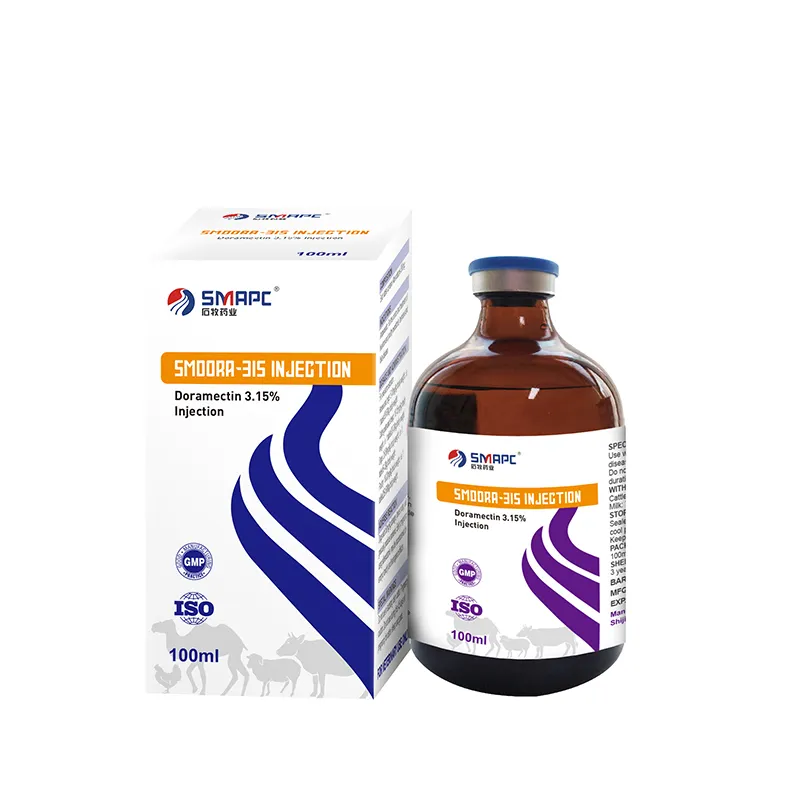Swine flu, also known as H1N1 influenza, emerged as a significant public health concern during the 2009 pandemic. This respiratory illness is caused by a novel influenza virus that primarily infects pigs but can also be transmitted to humans. Understanding the medicines and strategies used to treat and prevent swine flu is essential for managing outbreaks and protecting public health.








